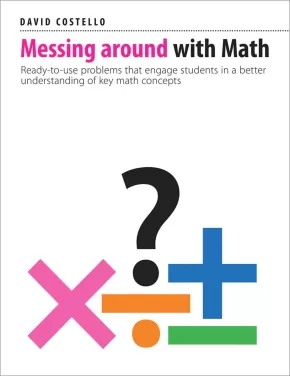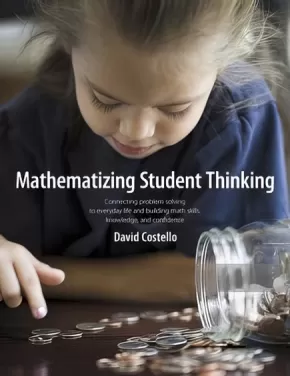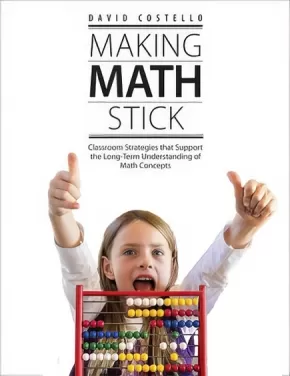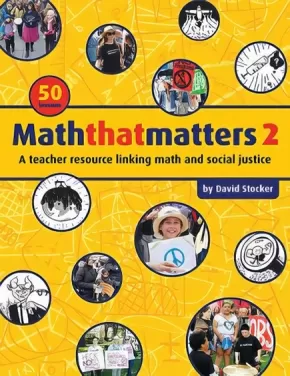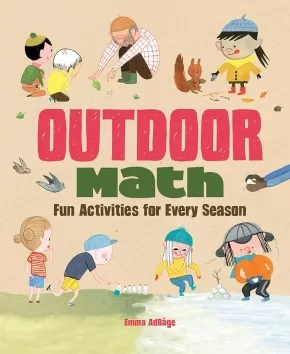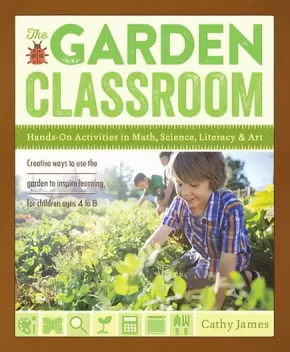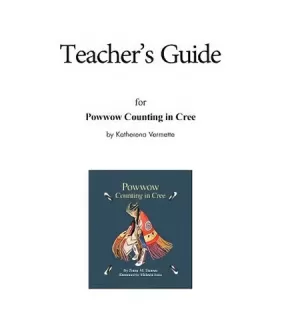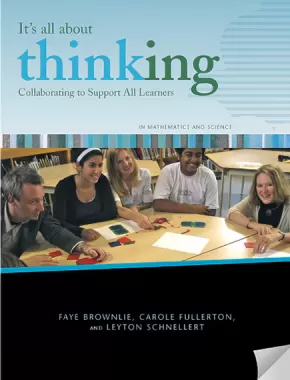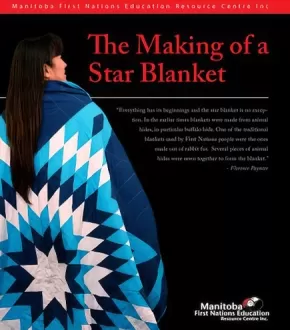Math Resources
Synopsis:
This book is filled with a range of problems that support student understanding of key math concepts. From word problems to open-ended rich tasks to real-world math problems, you will have a toolbox that addresses the complex learning needs of your students.
Messing Around With Math provides problems that can be used at any point in the lesson: whole-group, guided small-group instruction, or independent practice. This resource will also help teachers develop their skills in crafting rich, meaningful and engaging lessons. Instead of endless searching for the ‘right’ problem for your students, you will have a one-stop shop.
Additional Information
144 pages | 8.38" x 10.38"
Synopsis:
How can you broaden student thinking and help them develop their independence and confidence as problem solvers? Real-life problems are a remarkable tool to stretch student thinking and help them develop a deeper understanding of mathematics and its role in everyday life. Rather than using textbook exercises, the book argues that solving real-world problems promotes flexibility and encourages students to adjust and grow their thinking. It inspires them to consider alternatives and apply math in authentic contexts. You will find practical ways to engage students in critical thinking, develop their independence, and make connections with the world.
Additional Information
160 pages | 8.30" x 10.88" | Paperback
Synopsis:
This remarkable book shows teachers how to stop working harder and start working smarter. It describes a shift from “teach-test-move-on” to “teach-connect-apply” to optimize student learning. This valuable resource provides teachers with an understanding of simple, manageable and sustainable strategies to immediately change their approach. These strategies build on helping students retain math concepts so they can apply them in novel situations down the road. The focus is on supporting teachers in framing instruction so that students strengthen their understanding and can remember and apply learning. Making Math Stick is a game-changer that champions durable learning for all students.
Educator Information
Strengthens math instruction to take students beyond exams to deeper learning in K to 8 classrooms.
This book encourages instruction that helps students recall and apply math concepts.
Additional Information
144 pages | 8.38" x 10.88" | Paperback
Synopsis:
Within Dropping the “T” from CAN'T, Dr. Michelle Hogue presents and analyses interviews with eight highly successful Indigenous women and men in order to discern what enables Indigenous people to become successful in the sciences and mathematics such that they are able to pursue related professions. Importantly, Dr. Hogue presents interviews with two Indigenous individuals who started yet did not complete advanced degrees in order to find out what impediments brought their academic journeys to a premature end.
Dr. Hogue’s interview findings, paired with current and relevant literature, serves to enlighten and support the Truth and Reconciliation Commissions Calls to Action to provide culturally relevant education for Aboriginal learners. Education must be culturally and holistically relevant in order to invite, engage, and enable learners; this is true of both Aboriginal and non-Aboriginal learners. While this book specifically examines science and mathematics education, the lessons and findings will apply across disciplines.
Foreword by Dr. Laara Fitznor. Reviews by: Dr.'s Cheryl Bartlett, Fidgi Gendron, Yvonne Poitress Pratt, and Leroy Little Bear.
Reviews
"Indigenous students CAN succeed in post-secondary science and mathematics! This is the clear message in Dr. Hogue’s book. Recognizing, reshaping, and retelling insights about success within personal stories requires a skillful story worker and Dr. Hogue is superb. Using the Medicine Wheel, she conveys understandings ‘wholistically’ to provide the much-needed complement to institutional STEM pathways and programs. Hers is a book for everyone: students, educators, academics, administrators, leaders, funders, parents, youth ..." — Cheryl Bartlett
"What a refreshing book! Michelle Hogue celebrates Aboriginal women and men who journeyed through post-secondary education in science and mathematics and achieved their dreams. She examines their successes and challenges and highlights how Aboriginal science and Western science can come together to reach inclusive learning and knowing. These stories will inspire not only Aboriginal people but everybody to not give up and work hard to reach their goals." — Fidji Gendron
"As educators continue to ask how all subject areas can be Indigenized, Hogue steps into contested teaching and learning territory with the same fearless attitude she takes in teaching math and science from an Indigenous perspective. This fascinating book contains insights and stories from Indigenous scientists providing irrefutable evidence there is no anomaly between being Indigenous and being a scientist." — Yvonne Poitras Pratt
"Michelle is an extremely good writer. I can tell she put a tremendous amount of research into the book. I very much like her layout of the Medicine Wheel into: Spring, Summer, Fall, and Winter. Doing so clearly brings out the barriers to science education for Indigenous students. Overall, the book makes the point that the ’T’ can be dropped from CAN’T providing we know the culture of Indigenous students and the struggles they have to go through to fulfill their personal goals of becoming scientists." — Leroy Little Bear
Educator Information
Table of Contents
Acknowledgements and Dedication
A Note on Terms
Table of Contents
Foreword, By: Laara Fitznor, EdD
Preface: Tan’si, Hello
SPRING
Prologue
Introduction: The Environment
Puzzlements and Questions
SUMMER
Women’s Journey
Men’s Journey
Re-framing the Journey
The Talking Circle
FALL
Understanding the Space Between
Navigating the Space Between
WINTER
Coming to Understand
Philosophically Navigating
Reframing: Coming Full Circle
A NEW CYCLE
Bridging Cultures, Two-Eyed Seeing & the 21st Century
Final Reflections
The Equation for Success
Appendix
References
Index
About the Author
Additional Information
199 pages | 6.00" x 9.00"
Synopsis:
Maththatmatters Volume 2 gets to the very root of what education is about: giving students the tools to better understand their world and facilitate positive social change. David Stocker's groundbreaking work provides educators and students with timely and engaging lesson plans, designed for grades 6-9, using math to teach about social justice in a way that is both accessible and powerful.
Reviews
"Maththatmatters brings together math and social justice, in a way that makes them both more compelling, and the world a little more understandable." — Linda McQuaig, author
"Actually, I have never understood math better. Not only do I understand the general skill, I can also begin to understand the world better. And if I understand the world better I can change things. And knowing that is one of the best things in the entire world. There is no way to describe that feeling." — Xochil, student
Additional Information
320 pages | 8.50" x 11.00"
Synopsis:
In Achieving Indigenous Student Success, author Pamela Toulouse provides strategies, lessons, and hands-on activities that support both Indigenous and non-Indigenous learners in the secondary classroom. Read chapters on topics such as:
- Indigenous Pedagogy and Classrooms Considerations
- Indigenous Self-Esteem and Mental Health Activities
- Differentiated Instruction and Bloom's Taxonomy
- Attrition, Retention, Transition, and Graduation Continuum
- Indigenous Themes and Material Resources
- Culturally Appropriate Secondary Lesson Plans by Subject (including English, Math, Science, History, Geography, Health, Physical Education, Drama, Music, Visual Arts, Technological Studies, Business Studies, Indigenous Worldviews, Guidance and Career Studies, and Social Studies and the Humanities)
This book is for all teachers of grades 9–12 who are looking for ways to infuse Indigenous perspectives into their courses. Ideas include best practices for retention/transition/graduation planning, differentiated instruction, assessment, and equity instruction. Using appropriate themes for curricular connections, the author presents a culturally relevant and holistic approach that helps to build bridges between cultures and fosters self-esteem in all students.
Additional Information
| 184 pages | 8.00" x 10.50" |
Synopsis:
In this innovative book, Emma Adbåge encourages children to get outside, where they can have fun interacting with the natural world while learning math. Adbåge has created twenty-two outdoor activities, organized by season.
Through play, children will learn about numeracy and arithmetic, as well as math concepts such as shapes, time, greater/less than, even and odd numbers, patterns and grids. The activities have simple-to-follow instructions and are accompanied by adorable illustrations that provide clear visual demonstrations. The natural materials required --- stones, pinecones, snowballs, worms --- are easy to find in many environments. Supplementary spreads introduce the numbers 1 to 10 and further explore addition/subtraction and multiplication/division, with simplified explanations and illustrated examples.
Studies have shown that learning outdoors helps kids retain information and skills, and that physically active children perform better in a variety of subjects --- including math. This book could be used alongside other math coursework all school year, since the activities have direct curricular applications. While the thrust of the book is math, there are also science lessons here, particularly regarding the properties of nature and how things change during the four seasons. Many of the activities can be done in pairs or groups, promoting teamwork and cooperation. A list of activities in the back matter indexes the activities and categorizes them by the math skills they develop.
All activities promote active living and an understanding of the natural world, while developing important character skills, such as teamwork and cooperation.
Review
"This is a worthy addition to a school collection or a public library shelf for motivated parents and preschool teachers who strive to create a rich learning environment."
—School Library Journal
Educator Information
Curriculum Links: Math, Number Sense, Early Numeracy.
Covers math fundamentals including counting, addition, subtraction, multiplication, and division.
Cross-curricular applications in math, science, physical education, and language arts.
Recommended for ages 5 to 8 / grades K to 3.
Additional Information
26 pages | 8.12" x 9.75"
Synopsis:
Creative ways to use the garden to inspire learning, for kids ages 4-8
Packed with garden-based activities that promote science, math, reading, writing, imaginative play, and arts and crafts, The Garden Classroom offers a whole year of outdoor play and learning ideas—however big or small your garden.
Every garden offers children a rich, sensory playground, full of interesting things to discover and learn about. There's a whole lot of science happening right before their eyes. The garden can also be a place to develop math and literacy skills, as the outdoors offers up plenty of invitations to weave learning into everyday gardening. The garden classroom is a place where plants grow, and where children grow too.
Additional Information
232 pages | 7.02" x 8.50" | Paperback
Synopsis:
Teacher’s Guide for Powwow Counting in Cree gives you engaging activities that take a deeper look at each illustration in the book, Powwow Counting in Cree. In this resource you will find:
- background information that addresses specific topics related to Cree culture and language
- detailed, easy-to-follow lesson plans for social studies, language arts, mathematics, and other content areas
- additional sources of information about Cree language and culture
- and much more.
Additional Information
28 pages | 8.00" x 9.00"
Synopsis:
Collaborating to Support All Learners in Mathematics and Science
Grade: for grades 5-12
In this second volume of It’s All About Thinking, the authors focus their expertise on the disciplines of mathematics and science, translating principles into practices that help other educators with their students.
How can we help students develop the thinking skills they need to become successful learners?
How does this relate to deep learning of important concepts in mathematics and science?
How can we engage and support diverse learners in inclusive classrooms where they develop understanding and thinking skills?
In this book, Faye, Leyton and Carole explore these questions and offer classroom examples to help busy teachers develop communities where all students learn. This book is written by three experienced educators who offer a welcoming and “can-do” approach to the big ideas in math and science education today. In this book you will find:
insightful ways to teach diverse learners (Information circles, open-ended strategies, inquiry, manipulatives and models)
lessons crafted using curriculum design frameworks (udl and backwards design)
assessment for, as, and of learning
fully fleshed-out lessons and lesson sequences; inductive teaching to help students develop deep learning and thinking skills in Math and Science
assessment tools (and student samples) for concepts drawn from learning outcomes in Math and Science curricula
excellent examples of theory and practice made accessible
real school examples of collaboration — teachers working together to create better learning opportunities for their students
Synopsis:
This resource provides an opportunity for students to work with paper and colour, while integrating the concept of numbers into the learning and teaching process. The hands-on experience of being able to fold paper into different shapes, patterns and designs, and add colour is an effective strategy to motivate students to learn math. The section, “The Star Blanket Making Process From the Sewing Perspective,” shows a step-by-step progression of how to assemble a star blanket. Not only does it teach practical skills, it also teaches patience and builds positive self-esteem within the learner.
Educator Information
While the publisher of this work indicates it's a useful math resource, it has been expressed by educators that this is not a useful math resource.

